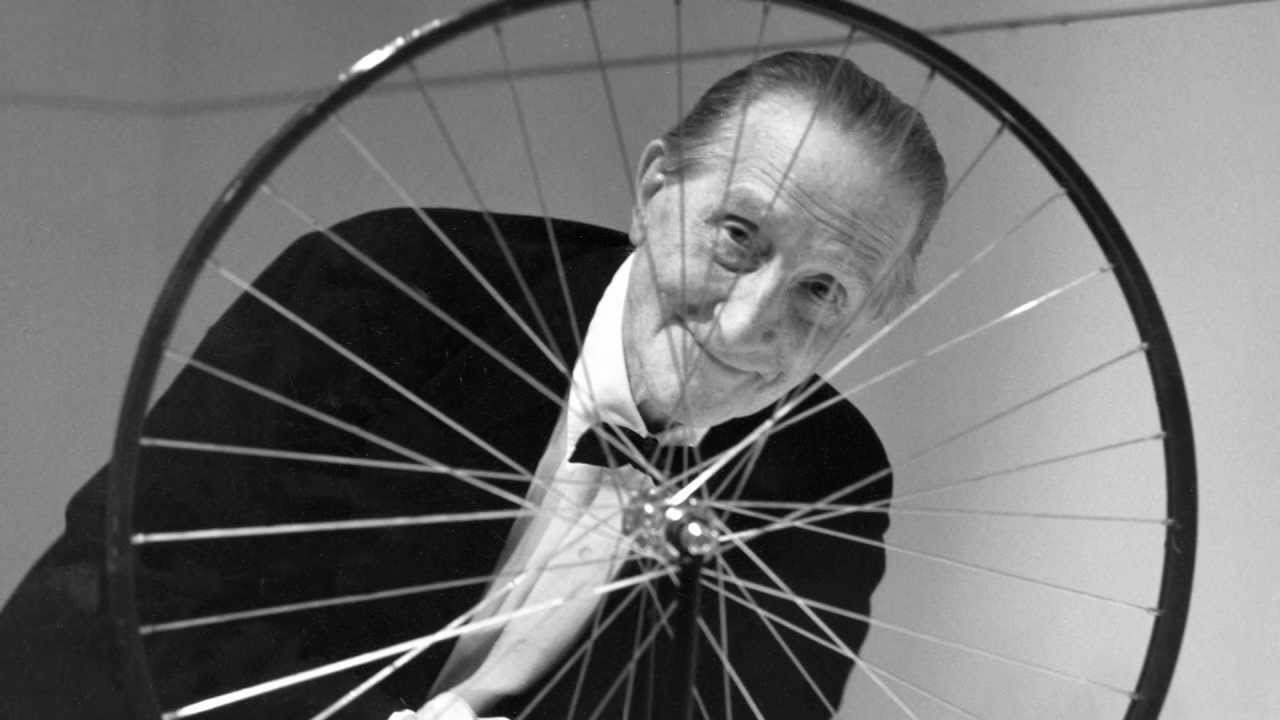
Marcel Duchamp was a groundbreaking artist who challenged the very essence of what art could be. Known for his Dada and Surrealist works, Duchamp's influence stretches far beyond traditional boundaries. Did you know he once submitted a urinal as a sculpture? This act questioned the norms of the art world and sparked endless debates. His piece, "Nude Descending a Staircase, No. 2," caused a sensation at the 1913 Armory Show. Duchamp also had a secret life as a chess player, even competing in international tournaments. Intrigued yet? Let's dive into 14 fascinating facts about this enigmatic artist who forever changed the landscape of modern art.
Marcel Duchamp: The Pioneer of Conceptual Art
Marcel Duchamp, a name synonymous with avant-garde and conceptual art, revolutionized the art world with his unconventional ideas. His works continue to inspire and provoke thought among artists and art enthusiasts alike. Here are some fascinating facts about this iconic figure.
-
Duchamp was born in France in 1887. He hailed from a family of artists, which included his brothers Jacques Villon and Raymond Duchamp-Villon, and his sister Suzanne Duchamp.
-
He initially studied painting. Duchamp began his artistic career with traditional painting, influenced by Post-Impressionism and Fauvism.
The Birth of the Readymade
Duchamp's concept of the "readymade" challenged traditional notions of art. He selected ordinary objects and presented them as art, fundamentally altering the art landscape.
-
"Fountain" is his most famous readymade. In 1917, Duchamp submitted a porcelain urinal signed "R. Mutt" to an art exhibition, sparking controversy and debate about what constitutes art.
-
He coined the term "readymade." Duchamp described readymades as ordinary objects elevated to art status by the artist's choice and designation.
Breaking Boundaries with "Nude Descending a Staircase, No. 2"
Duchamp's painting "Nude Descending a Staircase, No. 2" broke away from traditional representations of the human form and movement.
-
The painting caused a scandal. When exhibited at the 1913 Armory Show in New York, it was criticized for its abstract depiction of motion, blending Cubism and Futurism.
-
It was inspired by stop-motion photography. Duchamp drew inspiration from the photographic studies of motion by Eadweard Muybridge and Étienne-Jules Marey.
Chess: Duchamp's Other Passion
Beyond art, Duchamp had a profound love for chess, which influenced his life and work.
-
He became a chess master. Duchamp was a competitive chess player, even representing France in international tournaments.
-
Chess influenced his art. Duchamp saw parallels between chess and art, both requiring strategy, foresight, and creativity.
Duchamp's Influence on Dada and Surrealism
Duchamp played a pivotal role in the Dada and Surrealist movements, pushing the boundaries of artistic expression.
-
He was a key figure in Dada. Duchamp's anti-art stance and readymades were central to the Dada movement, which rejected traditional aesthetics and embraced absurdity.
-
He collaborated with Surrealists. Duchamp worked with Surrealist artists like André Breton, contributing to the movement's exploration of the unconscious mind.
The Enigmatic "Étant donnés"
Duchamp's final major work, "Étant donnés," remained a mystery until after his death.
-
It was created in secret. Duchamp worked on "Étant donnés" for over 20 years in secrecy, revealing it only posthumously in 1969.
-
The work is a mixed-media installation. "Étant donnés" combines sculpture, painting, and found objects, viewed through a peephole in a wooden door.
Duchamp's Legacy
Duchamp's influence extends far beyond his lifetime, shaping contemporary art and thought.
-
He inspired future generations of artists. Duchamp's radical ideas paved the way for movements like Conceptual Art, Minimalism, and Pop Art.
-
His works are celebrated worldwide. Museums and galleries around the globe, including the Museum of Modern Art in New York and the Centre Pompidou in Paris, showcase Duchamp's groundbreaking pieces.
Marcel Duchamp's Lasting Impact
Marcel Duchamp changed the art world forever. His readymades challenged what people thought art could be. By using everyday objects, he made folks see art in a new way. Duchamp's work wasn't just about what you saw but also about what you thought. His influence spread beyond art into literature, music, and even film. Artists today still look to Duchamp for inspiration. His ideas about chance and play in art opened up new possibilities. Duchamp showed that art doesn't have to be traditional to be meaningful. His legacy lives on in the way we think about creativity and expression. Whether you love or hate his work, there's no denying Duchamp's impact. He made us question, think, and see the world differently. That's a pretty big deal.
Was this page helpful?
Our commitment to delivering trustworthy and engaging content is at the heart of what we do. Each fact on our site is contributed by real users like you, bringing a wealth of diverse insights and information. To ensure the highest standards of accuracy and reliability, our dedicated editors meticulously review each submission. This process guarantees that the facts we share are not only fascinating but also credible. Trust in our commitment to quality and authenticity as you explore and learn with us.


